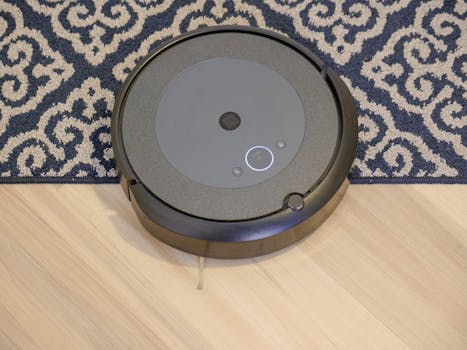
Smart Homes and Smart Living: The Technological Transformation of European Homes by 2025
Smart Homes and Smart Living are revolutionizing the way we live in European homes. The concept of smart homes involves the integration of technology and automation to create a more convenient, efficient, and sustainable living space. By 2025, it is expected that the majority of European homes will be equipped with smart home technology, transforming the way we live, work, and interact with our surroundings.
Introduction to Smart Homes and Smart Living
Smart homes and smart living are not just about installing smart devices and gadgets; it’s about creating a seamless and integrated living experience. The idea is to use technology to make our lives easier, more comfortable, and more enjoyable. With the help of smart home technology, residents can control and monitor various aspects of their home, such as lighting, temperature, security, and entertainment, remotely or through voice commands.
Benefits of Smart Homes and Smart Living
The benefits of smart homes and smart living are numerous. Some of the most significant advantages include:
- Increased convenience: Smart home technology allows residents to control and monitor their home remotely, making it easier to manage daily tasks and routines.
- Improved energy efficiency: Smart home devices can help reduce energy consumption by automatically turning off lights, appliances, and other devices when not in use.
- Enhanced security: Smart home security systems can detect and alert residents to potential security threats, providing an added layer of protection and peace of mind.
- Personalized living experience: Smart home technology can learn and adapt to a resident’s preferences and habits, providing a personalized living experience.
Technological Advancements Driving Smart Homes and Smart Living
The technological advancements driving smart homes and smart living are rapid and ongoing. Some of the key technologies include:
- Internet of Things (IoT): The IoT refers to the network of physical devices, vehicles, and other items that are embedded with sensors, software, and connectivity, allowing them to collect and exchange data.
- Artificial Intelligence (AI): AI is being used to develop smart home devices that can learn and adapt to a resident’s preferences and habits.
- 5G Network: The 5G network is providing faster and more reliable connectivity, enabling the widespread adoption of smart home technology.
European Homes by 2025
By 2025, it is expected that the majority of European homes will be equipped with smart home technology. This will transform the way we live, work, and interact with our surroundings. Some of the key trends that will shape the future of European homes include:
- Increased adoption of smart home devices: The adoption of smart home devices, such as smart speakers, smart thermostats, and smart lighting, will continue to grow.
- Greater emphasis on energy efficiency: European homes will prioritize energy efficiency, with a focus on reducing energy consumption and carbon emissions.
- More focus on sustainability: European homes will incorporate sustainable materials, renewable energy sources, and eco-friendly design principles.
Conclusion
Smart homes and smart living are revolutionizing the way we live in European homes. By 2025, the majority of European homes will be equipped with smart home technology, offering residents increased convenience, efficiency, and sustainability. As technology continues to evolve, we can expect to see even more innovative solutions that transform the way we live, work, and interact with our surroundings.






